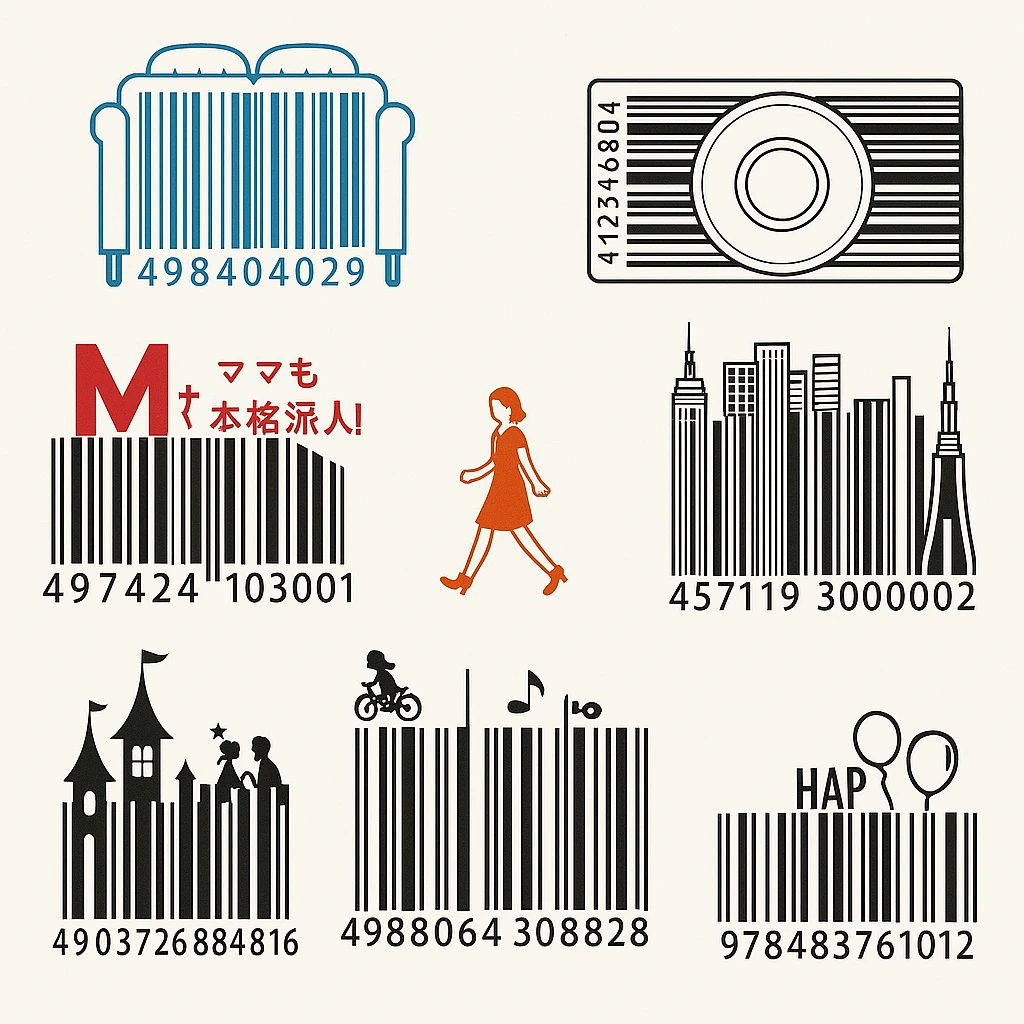I just read an interesting blog post from Benjamin Bran, who says cubicles are the phone booths of the future. I don’t agree with everything he says, but in the end I think he is mostly right. Every morning I get up, shower, put on a shirt and tie, take my dog outside, and take my son to daycare the mornings I have him. From daycare (or straight from home) I usually sit in traffic round trip for 40 to 60 minutes a day. Don’t get me wrong, I try to make the most of the time I am in the car by listening to podcasts, but I’m still not as productive as I could be.
The days I work from home, I get so much more accomplished. I work on a campus of over a thousand people and interestingly only need to meet with .001% of them on a given day. Of the people I see, I could just as easily talk or video conference with them when necessary.
I’d much rather work on a Linux system, and could probably do everything I need on my home machine. I’m more than happy to buy my own coffee, heat, and A/C, electricity, broadband, computer, uniform (t-shirt and jeans) and more when I’m able to work from home. Not only that, but I also think working from home can have its drawbacks if you are not careful. If telecommuting is not properly managed, I’m sure it could turn into a nightmare, but for the most part I think it is inevitable in the very near future. What do you think?

